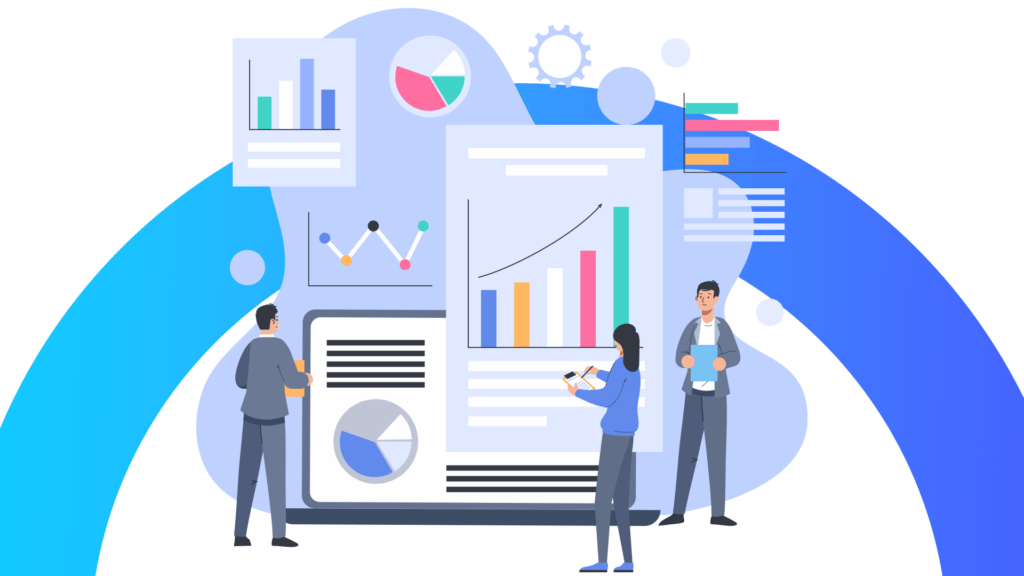How can data lakes transform your business? By storing raw, unprocessed data in diverse formats, they offer scalability, cost-efficiency, and advanced analytics. Want to learn how they empower AI and ML for deeper insights? Read on to explore the future of data management.
Introduction
In the era of Big Data, organizations face the challenge of managing ever-expanding volumes of information. Data warehouses are traditional systems used to handle the variety, volume, and velocity of modern data streams, in which they struggled. Enter data lake architecture, a transformative approach designed to unlock the full potential of diverse datasets. As businesses strive for competitive advantage, adopting data lakes allows them flexibility, scalability, and access to future-proof analytics.
What is data lake architecture?

Data lake architecture solutions provide organizations with an efficient solution for collecting, storing, and managing raw data in its original form. Unlike structured repositories such as data warehouses, data lakes support different formats including structured, semi-structured, and unstructured information. These systems are built specifically for modern analytics and machine learning (ML) applications.
By being capable of intaking large amounts of information at scale from multiple sources at once, they’re ideal for modern analytics and machine learning applications. Key components of a data lake architecture include:
- Ingestion layer: Supports real-time and batch data integration from diverse sources.
- Storage layer: A centralized repository, often cloud-based, ensures cost-efficient scalability.
- Processing layer: Enables transformation, analysis, and computation using advanced frameworks.
- Governance layer: Provides tools for data security, metadata management, and compliance.
- Access layer: Facilitates data visualization and querying for users.
These layers work in tandem to provide a robust infrastructure for managing data efficiently across an organization.
Why data lakes are transformative
Data lake architecture empowers businesses to manage the complexities of modern data. Their capacity to store raw, unprocessed information enables future-proof adaptability. Organizations can query data as needed and apply advanced analytics to derive actionable insights. Cloud-based solutions like OmniConnectTM offer scalable data lake platforms that minimize upfront costs while maximizing functionality.
One of the key advantages of data lakes is their compatibility with cutting-edge technologies like machine learning and artificial intelligence (AI). By integrating AI algorithms into organizations’ decision-making processes, they extract deeper insights, identify patterns swiftly and make more accurate predictions. For example, OmniConnectTM data lake architecture facilitates seamless integration with data science tools for improved decision-making processes.
Data lakes vs. Traditional data warehouses
While both data lakes and data warehouses manage large datasets, their designs and usage differ drastically. Data warehouses store structured information optimized for business intelligence applications. Meanwhile data lakes provide a schema-on-read approach, enabling organizations to query raw data without predefined structures. This versatility allows businesses to adapt their analytical models to evolving requirements without overhauling the system.
Data lake architecture: Bridging the gap
The data lake architecture model has completely transformed how organizations approach data management. By combining the strengths of both data lakes and warehouses, lakehouses offer structured querying capabilities while still offering flexibility when managing unstructured data. Let’s explore how the data lake can serve to benefit businesses:
1. Unmatched scalability
Data lakes are capable of scaling horizontally, storing growing datasets without compromising on performance.
2. Cost efficiency
Unlike data warehouses that require expensive pre-processing, data lakes allow raw data storage. Cloud-native solutions further optimize costs through consumption-based pricing models.
3. Versatility across data types
Diverse data formats are accommodated by Data lakes, from relational databases to multimedia files. Such versatility is key for industries like media, healthcare, and finance, where unstructured data forms the bulk of information.
4. Empowering advanced analytics
Data lakes integrate seamlessly with AI and machine learning tools. Organizations can apply predictive modeling, natural language processing, and real-time analytics to uncover actionable insights.
5. Streamlined data access
Modern data lakes feature intuitive interfaces for querying and exploring data, empowering technical and non-technical teams alike.
6. Enhanced Data Governance and Security
Robust governance frameworks ensure that data lakes meet regulatory requirements. Features like dynamic data masking, row-level security, and access monitoring safeguard sensitive information.
7. Future-proofing enterprises
Data lakes use a schema-on-read approach, enabling users to define the schema when querying data. This adaptability ensures organizations remain agile amidst evolving data and business needs.
8. Faster innovation
By consolidating siloed data into a single repository, organizations gain a holistic view of their operations. This integration fuels innovation, as businesses can experiment with new analytical models without starting from scratch.
Challenges and solutions
Despite their advantages, data lakes pose challenges such as data sprawl, governance complexity, and potential inefficiencies. Addressing these requires implementing strong governance frameworks, metadata management tools, and adopting hybrid architectures like lakehouses. Vendors like Octopus Digital offer robust features to overcome these limitations, including fine-grained security controls and automated data cataloging.




